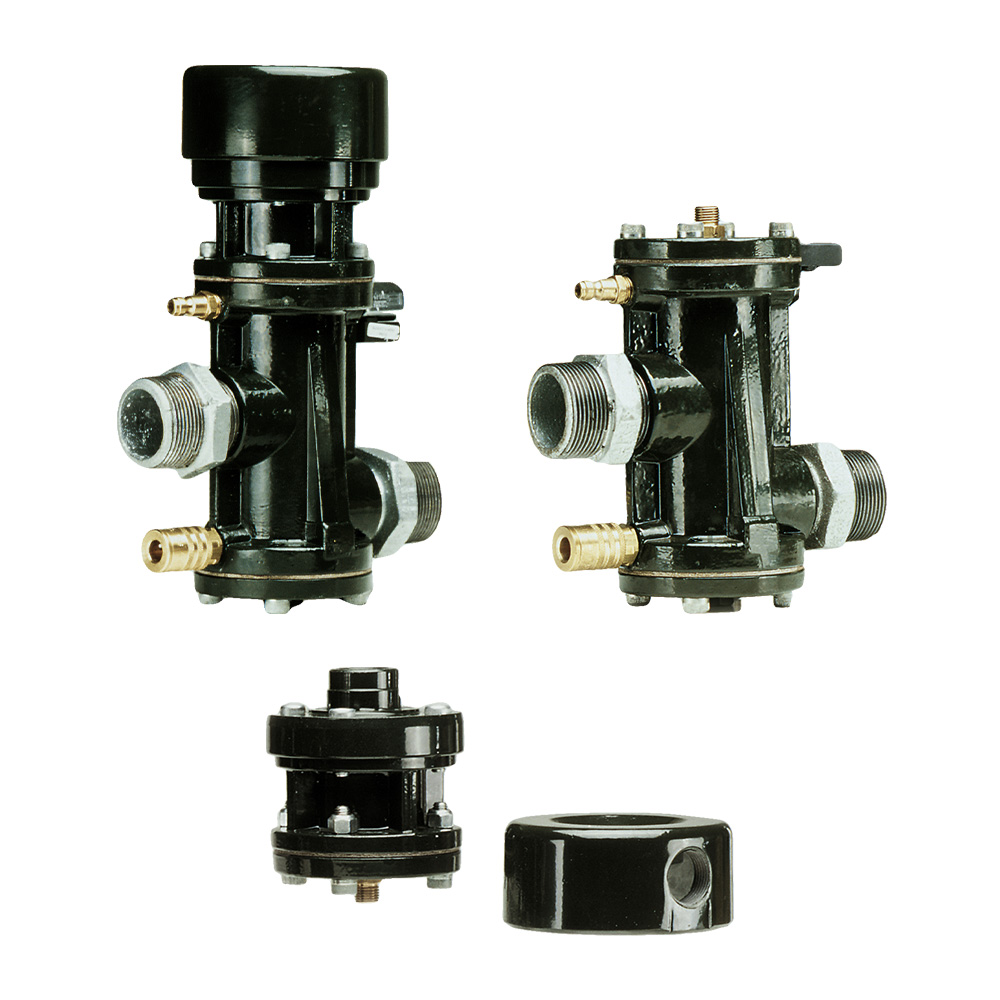
Maximize Power Savings and Convenience With Advanced Structure Automation Controls
In the realm of modern-day architecture and facility administration, the integration of innovative building automation controls stands as a pivotal improvement. By using the power of automation, buildings can adjust, react, and evolve in means that were as soon as unimaginable.
Power Effectiveness Perks
Energy efficiency advantages can significantly decrease energy consumption and operational prices in structures. Energy-efficient systems, such as sophisticated building automation controls, can maximize the usage of resources like heating, air conditioning, and illumination, leading to reduced energy expenditures over time.
Additionally, boosted power performance can lengthen the life expectancy of structure devices and systems. By operating much more effectively, cooling and heating systems, lighting components, and various other building elements experience less wear and tear, causing minimized maintenance and substitute costs. In addition, energy-efficient structures commonly regulate higher home values and rental prices, supplying long-term monetary advantages to proprietors.
Furthermore, energy performance can enhance resident convenience and efficiency. Effectively controlled indoor settings with optimal illumination and thermal conditions develop a more pleasurable and helpful workspace, resulting in improved worker complete satisfaction and efficiency. On the whole, the energy effectiveness advantages related to advanced building automation controls are diverse, including price financial savings, environmental stewardship, and owner wellness.
Boosted Convenience Control
Enhancing comfort control in building settings needs an advanced assimilation of advanced automation systems for ideal owner well-being. By utilizing advanced building automation controls, facilities can tailor the indoor setting to meet the specific needs and preferences of passengers. These systems allow specific regulation of ventilation, illumination, and temperature, creating a comfortable and productive atmosphere. Resident fulfillment and performance are carefully linked to thermal comfort, making it vital to have systems in place that can adjust to altering conditions in real-time.
Enhanced convenience control goes past basic temperature level adjustments. It includes features such as personalized setups, tenancy sensors, and natural light utilization to develop a receptive and vibrant environment. By including these sophisticated controls, structures can not only improve comfort but additionally improve power efficiency by enhancing system procedures based upon actual tenancy and usage patterns. Ultimately, prioritizing occupant convenience with innovative automation systems leads to a more enjoyable and much healthier indoor atmosphere.
Functional Performance Improvements

Furthermore, the execution of real-time monitoring and analytics devices enables building drivers to determine energy inefficiencies and functional anomalies quickly. By continually keeping an eye on power use patterns and system performance metrics, changes can be made in real-time to enhance energy intake and guarantee peak operational performance. control valves. Additionally, integrating demand action approaches into building automation controls can additionally enhance operational effectiveness by dynamically changing power use based upon grid problems and rates signals
Indoor Environment Optimization
Effective interior environment optimization is a fundamental aspect of building automation controls, making certain passengers' convenience and health while taking full advantage of energy financial savings. By using innovative sensors and controls, building automation systems can constantly change and check temperature level, moisture degrees, air high quality, and ventilation to create an optimal indoor environment. Keeping regular and comfy conditions not just boosts passenger contentment however additionally enhances performance and total health.
Interior environment optimization also plays a critical duty in energy efficiency. By fine-tuning heating, air conditioning, and air flow systems based upon real-time data and occupancy patterns, building automation controls can substantially reduce energy intake - control valves. For example, applying approaches such as demand-controlled ventilation and thermal zoning can assist decrease energy waste while ensuring that each location of the building obtains the required conditioning.

Sustainable Atmosphere Production
Building automation manages not just maximize interior climate conditions for energy effectiveness and owner comfort but also lay the foundation for developing a lasting environment through critical administration of resources and systems. By incorporating advanced structure automation modern technologies, such as sensing units, actuators, and intelligent software, facilities can keep an eye on and readjust power use in real-time to minimize check here waste and minimize their carbon footprint. These systems enable anticipating maintenance, determining potential problems prior to they intensify and optimizing equipment efficiency to improve long life and effectiveness.
Furthermore, lasting atmosphere production prolongs past power monitoring to include water preservation, waste reduction, and interior air quality renovation. Building automation controls can control water usage, find leaks, and make certain proper garbage disposal why not try these out practices, adding to total sustainability efforts. In addition, by keeping an eye on and managing ventilation and filtering systems, these modern technologies improve passenger health and efficiency while lowering energy usage linked with heating and cooling procedures.
Conclusion
In final thought, progressed structure automation controls offer considerable advantages in terms of energy cost savings, convenience control, functional efficiency, indoor climate optimization, and producing a lasting setting. By executing these controls, buildings can accomplish optimal performance while lowering energy consumption and improving resident comfort. It is evident that the use of innovative automation modern technology is critical in enhancing building performance and developing a much more sustainable future.
Power performance advantages can dramatically reduce power usage and operational costs in buildings. Overall, the energy performance benefits linked with sophisticated building automation controls are multifaceted, encompassing price financial savings, ecological stewardship, and passenger wellness.
Furthermore, integrating demand feedback methods into building automation controls can better boost functional effectiveness by dynamically changing power use based on grid conditions and rates signals.
Building automation regulates not only enhance interior environment conditions for power effectiveness and resident convenience but likewise lay the structure for developing a sustainable atmosphere through critical administration of sources and systems.In conclusion, advanced structure automation controls deal significant advantages in terms of energy savings, convenience control, operational effectiveness, indoor environment optimization, and developing a sustainable setting.